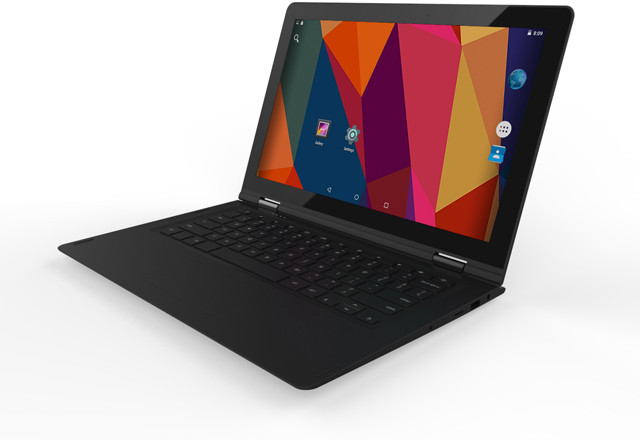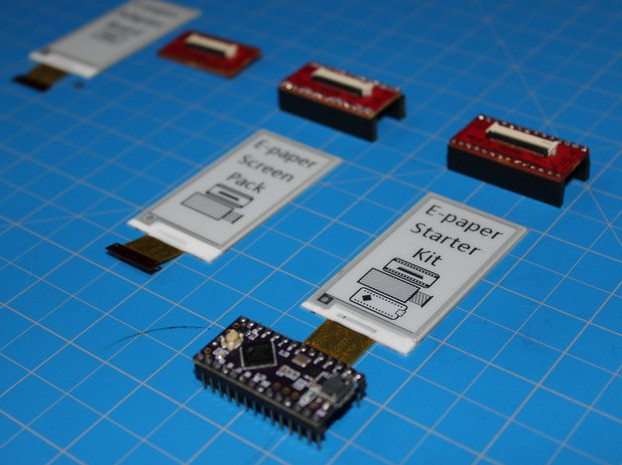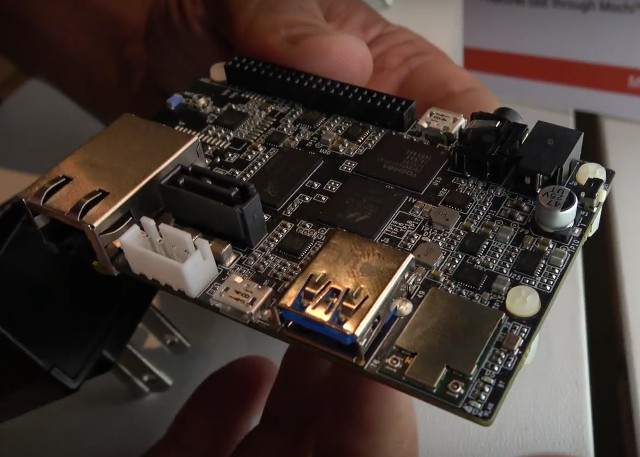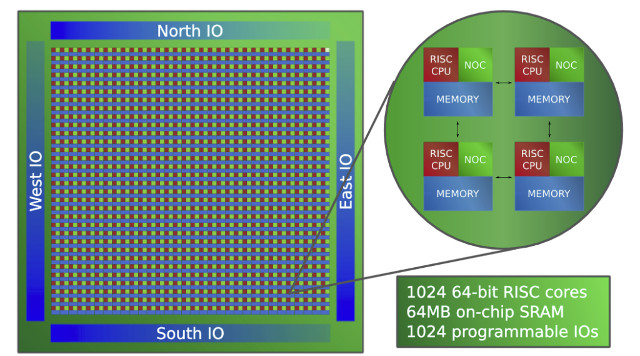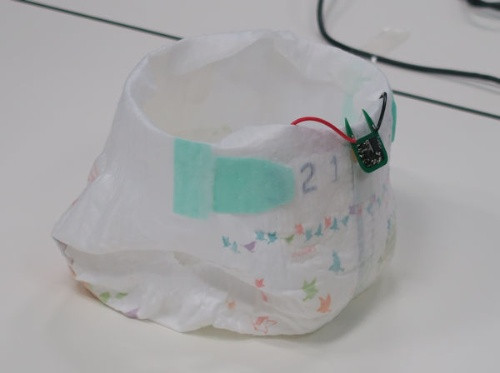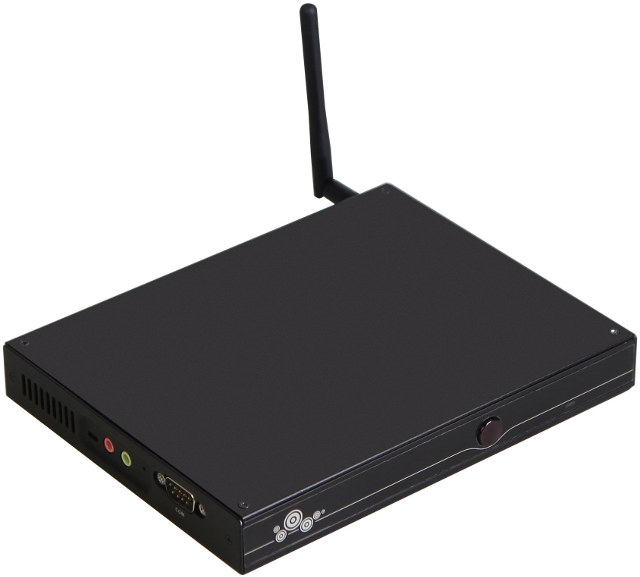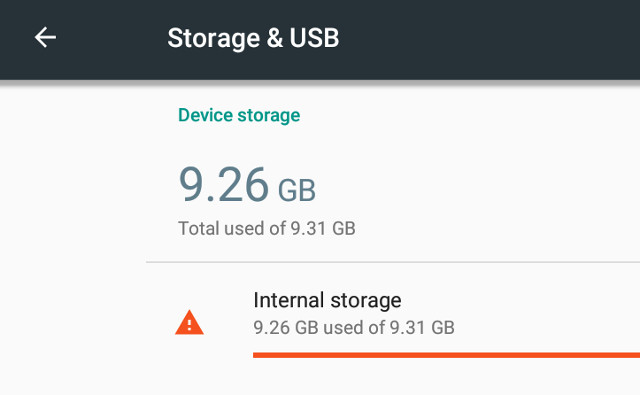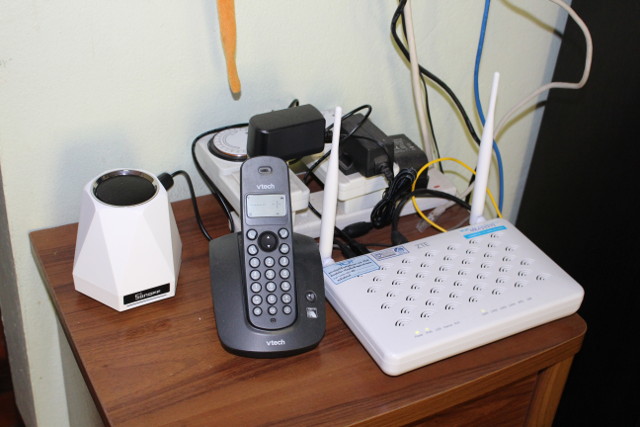Acer Chromebook R13 is the most powered ARM Chromebook so far thanks to its Mediatek MT8173 quad core processor combining two ARM Cortex A72 cores and Cortex A53 cores, as well as a PowerVR GX6250 GPU, 4GB RAM and a 13.3″ touchscreen display. But unless you live in the US or other markets where Chromebooks are sold, it’s pretty hard to buy, and that model is relatively expensive as it sells for close to $550 on Amazon. Emdoor, a Chinese design house, has made 2-in-1 hybrid laptops based on the processor with a 11.6″ or 13.3″ touchscreen display, 1 to 2GB RAM, and 16 to 64GB storage, which – once launched – should be easier to buy, and cost less. Both EM-T8513 and EM-T8516 models share most of the same specifications, except for the display: SoC – Mediatek MT8173 quad core processor with 2x Cortex A72 cores @ up to […]
SonikTech e-Paper Shield Starter Kit Relies on Teensy LC MCU Board
Soniktek Electronics has designed the “e-Paper Shield Starter Kit” featuring Pervasive Displays’ E2215CS062 e-paper screen, and an adapter board to connect it to Teensy LC (Low Cost) board powered by NXP Kinetis L ARM Cortex M0+ microcontroller @ 48 MHz, or other 3.3V MCU boards supporting SPI. Adapter board & display specifications: Supports Pervasive Displays 2.15″ E2215CS062 e-paper screen with 208 x 112 resolution, no backlight required, fully sunlight-readable Communication protocol – SPI @ 3.3V Sensor – On-board thermometer with I2C interface Dimensions – Screen: 48 mm x 26 mm; adapter board fits into Teensy-LC module (36x18mm) The advantages of e-Paper display are that they don’t require power to maintain an image, and they can be read in sunlight, just like actual paper. I can’t remember having seen many – if any – low cost e-Paper development kits so far, and the project is open source hardware with design files and […]
AndromedaBox Networking Edge Board Includes a Dual Core Marvell Processor, SATA, Gigabit Ethernet, and More
Last year, Marvell introduced AndroMeda Box Edge IoT board using 96Boards form factor and running Brillo (now Android Things), but the company has been working on the similarly named AndromedaBox Networking Edge (ANE) board with a tweaked version of 96Boards form factor including Gigabit Ethernet and SATA, and powered by a dual core ARMADA 3700 processor. AndromedaBox Networking Edge specifications: SoC – Marvell ARMADA LP 3700 dual-core ARM Cortex 53 processor @ up to 1.2 GHz System Memory – 512MB LPDDR4 Storage – 8GB eMMC flash, 1x SATA 3.0 port Connectivity – 1x Gigabit Ethernet RJ45 port, 1×1 802.11ac Wi-Fi, and Bluetooth 4.2 USB – 2x micro USB 2.0 port, 1x USB 3.0 port Expansion – 1x PCIe 2.0 (maybe via a slot on the back of the board), 40-pin LS (Low Speed) Expansion connector Power Supply – Likely 8 to 18V input as per 96Boards specs Dimensions – 85 […]
Parallella 1024-core Epiphany-V RISC Processor Coming Soon
Parallella project’s goal is to ” democratize access to parallel computing by offering affordable open source hardware platforms and development tools”, and they’ve already done that with their very first $99 “Supercomputer” board combining a Xilinz Zynq FPGA + ARM SoC to the company’s Epiphany-III 16-core coprocessor. But the company has made progress after their 64-core Epiphany-IV, by taping out Epiphany-V processor with 1024-core last October. Epiphany-V main features and specifications: 1024 64-bit RISC processors 64-bit memory architecture 64-bit and 32-bit IEEE floating point support 64 MB of distributed on-chip SRAM 1024 programmable I/O signals 3x 136-bit wide 2D mesh NOCs (Network-on-Chips) 2052 separate power domains Support for up to one billion shared memory processors Support for up to one petabyte of shared memory (That’s 1,000,000 gigabytes) Binary compatibility with Epiphany III/IV chips Custom ISA extensions for deep learning, communication, and cryptography TSMC 16FF process 4.56 Billion transistors, 117mm2 silicon area With […]
Batteryless, Urine Powered Smart Diapers Notify You When It’s Time to Change Them
One of the downside with current smart wearables is that most need to be recharged quite often, every day, week or month, and we’re still a long way of 10 year battery life offered by typical watches. I’m hopefully that eventually many devices won’t need to be recharged at all as we’ll have made improvements both in terms of power efficiency and energy harvesting using solar, body heat, vibrations and other techniques. Takakuni Douseki, professor at the Department of Electronic and Computer Engineering of Ritsumeikan University, has been working on micro energy harvesting, and his latest “wireless involuntary urination sensor system” notifies the user when it’s time change the diapers without the need of any battery, instead using energy generated by urine and stored in a capacitor in order to transmit the data wirelessly. The prototype is using a modified baby diaper with a 320x5mm activated carbon piece, and a […]
Giada F105D Apollo Lake Mini PC Supports up to 3 Displays via HDMI 2.0, DisplayPort, and VGA Ports
Giada F105D is an upcoming mini PC powered by either a Celeron N3350 dual core or N3450 quad core processor part of Apollo Lake family with up to 4GB RAM, a 2.5″ SATA bay, and three video outputs: HDMI 2.0, DisplayPort and VGA. Except for the processor, F105D-BS200 and F105D-BQ200 mini PCs have the same specifications: SoC F105D-BS200 – Intel Celeron N3350 dual core processor @ 1.1 / 2.4 GHz with 12EU Intel HD 500 graphics (6W TDP) F105D-BQ200 – Intel Celeron N3450 quad core processor @ 1.1 / 2.2 GHz with 12EU Intel HD 500 graphics (6W TDP) System Memory – Up to 4GB DDR3L-1600MHz with 2GB on-board + 2GB on 204-pin SO-DIMM socket Storage – 1x 2.5″ SATA drive bay (max. height 7.5mm), 1x M.2 (PCIe), 1x mSATA III, 1x micro SD slot Video Output VGA up to 2560×1600 @ 60Hz, 24bpp HDMI 2.0 up to 3840×2160 @ […]
Something is “Eating” my Android TV Box Internal Storage!
No, it’s not a joke. I’ve been playing for a while with Eweat R9 Plus Android TV box after inserting a 1TB hard drive in the SATA bay, but while in most other reviews, the apps and files used for testing are just taking around 3 GB, the 9.31 GB storage in that device was completely full, and I have yet to install some apps, and copy some files part of my testing procedure… I did not immediately find out about the “storage full” issue, as I first I just noticed Kodi would not start anywhere, and the default video app would just reboot after adjusting the volume… But let’s check what takes all that space… I had to uninstall 3Dmark in order to be able to take screenshots, which explains why I have a bit more space now, but the system reports all that space (and more???) is taken […]
Sonoff SC WiFi Environmental Monitor mini Review
Yesterday I received two environmental monitors with Sonoff SC and vThings CO2 Monitor, and while I’ve plugged both, I have not had time to look into vThings documentation, but since I’m already using the eWelink app for Sonoff TH16 wireless switch, setting up Sonoff SC just took me a few minutes, so I’ll report my experience with the device in this review. I powered Sonoff SC using the USB port of my modem router, and the green LED on the back of the device started to blink every 2 or 3 seconds. Then I started the eWelink app on my Android phone and taped on the “+” icon to add a new device following the instructions here which are basically the same for all Sonoff devices. Then you need to press the “Audio” button for about 5 seconds until the green LED blinks faster, at which point you can click […]


